Escalating Israel-Iran conflict pushes urea prices higher
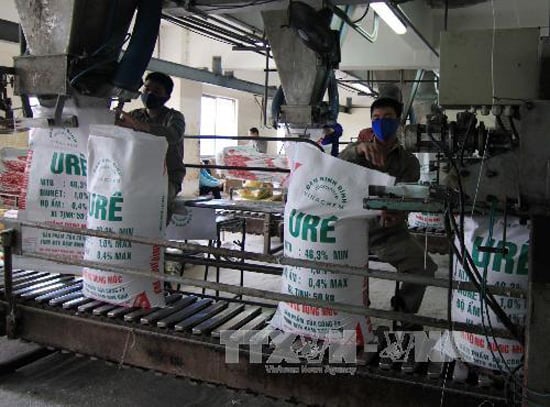
Packing urea fertilizer products at Ninh Binh Nitrogen Plant. Photo: Vu Sinh/VNA
Dr. Phung Ha, Chairman of the Vietnam Fertilizer Association, said that according to research data from many prestigious market research companies in the world , the Iran-Israel conflict has significantly affected the important urea supply from Middle Eastern countries, including Iran (with the advantage of cheap gas input prices for urea production) to the world market. Accordingly, global urea prices have at times increased by 25-30% because Iran - one of the world's leading urea producers and exporters - had to close all 7 urea and ammonia plants due to the escalating conflict. Meanwhile, another country in the region, Egypt, also had to temporarily suspend all urea plants due to the cut-off of Israel's gas supply. In addition, the instability also pushed up transportation and insurance costs.
A survey by global market research firm Argus showed that urea prices opened last week high in most markets, with trading prices in North Africa rising sharply due to the conflict between Iran and Israel. In Algeria, granular urea prices spiked with transactions appearing at $443-450/ton FOB and likely to be higher following the escalation of hostilities in the Middle East. Notably, Sorfert in Algeria sold 6,000-7,000 tons of granular urea at $500/ton FOB, up $25/ton from the producer's previous transaction, and sold 10,000 tons at $475/ton FOB with 2 lots delivered in July to Europe.
The closure of urea and ammonia plants in Iran has exacerbated the existing shortage in Egypt. Limited supplies from Egypt, as well as from the Black Sea, have put Algeria in a good position to take advantage of rising prices. In Egypt, offers for granular urea at the border to European markets have surged to $440-455/t (FOB), based on higher prices from Algeria and as urea production remains disrupted due to gas shortages.
In Brazil, most suppliers have withdrawn from the urea market and withdrawn their offers. The signs are that prices are volatile and difficult to predict. Currently, prices are at $420-450/ton CFR (seller’s gate price plus freight). In the US, urea prices at the port of Nola increased by $15/ton to $415-430/ton FOB, with June and July urea prices changing hands at $425/ton.
Israel launched drone attacks on two gas processing facilities in southern Iran on June 14, following initial missile and air strikes early on June 13. The Middle East is currently the world's largest urea exporter, with Iran, with an estimated total production capacity of 9 million tons per year, accounting for about 25% of exports.
In China, indicators also show that Chinese urea prices are rising, although still slower than international prices, with opaque urea pushing up to $390-400/ton FOB and clear urea at $370/ton FOB and above. No new deals have been reported at higher levels, but some suppliers are raising their offers.
According to some experts, in the last 6 months of the year, the demand for urea will continue to increase, especially in Asia and Latin America. In addition, the selling price of urea still depends on fluctuations in the Middle East. In addition, the selling price of urea also depends on raw material prices, especially natural gas prices, crop cycles or China's fertilizer export restriction policy, European tariff policies, environmental regulations, and greenhouse gas emission reduction.
With urea supply from China, the production of this type of fertilizer still depends on coal as raw material, so the increase in coal price affects the cost of urea production. In addition, the urea supply also depends on the Chinese government's regular adjustment of export quotas to ensure the domestic market. In addition, the urea supply from China may also decrease because China has recently applied stricter emission standards, leading to the closure of some old urea plants that do not meet environmental conditions.
Domestic prices closely follow world prices
According to Dr. Phung Ha, Chairman of the Vietnam Fertilizer Association, since the beginning of the year, urea prices in Vietnam have increased because domestic urea prices are referenced to regional prices and regional prices are referenced to Middle Eastern prices.
However, in terms of domestic supply-demand balance, with two factories belonging to the Vietnam National Energy-Industry Group (Phu My Fertilizer Plant and Ca Mau Fertilizer Plant) and two belonging to the Vietnam Chemical Group (Ha Bac Fertilizer Plant and Ninh Binh Fertilizer Plant) with a total capacity of nearly 3 million tons/year, the domestic urea supply has exceeded domestic consumption demand. Currently, domestic enterprises have exported to a number of countries such as Cambodia, South Korea, Malaysia, and Australia to maintain effective production, Mr. Phung Ha said.
Meanwhile, Vietnam Market Analysis and Forecast Joint Stock Company (AgroMonitor) forecasts that this June, domestic consumption is expected to continue to increase in the Southeast, Central Highlands and Central regions but decrease in the South and North. In June 2025, consumption is estimated to reach 170 thousand tons, an increase of 10 thousand tons compared to May.
In the Mekong Delta, the consumption of summer-autumn rice is expected to decrease in June because some areas have started harvesting early or have passed the peak fertilization period. In the South Central and Central Central regions, the fertilization period for summer-autumn rice is at its peak, so demand will increase in June. In the North and North Central regions, the demand for urea for rice in June will be low because most of the winter-spring rice is about to be harvested. In the Southeast - Central Highlands, the forecast of heavy rain will boost the demand for fertilization of industrial crops, fruit trees, post-harvest fertilization, and short-term industrial crops that have been planted in the new crop, so the demand for fertilization will also gradually increase in June. For rice, the Southeast region has sown the summer-autumn crop, so in June there will be a demand for fertilization for the 2nd and 3rd rounds.
In addition to the amount of urea used directly for crops, the demand for urea used as raw material for NPK fertilizer production is also high at 70,000-75,000 tons/month because NPK factories are expected to maintain high capacity to meet the demand for the Summer-Autumn rice crop and the rainy season.
Surveys in the domestic market show that the price of Ca Mau urea at the factory is fluctuating from 11,700 - 12,600 VND/kg depending on the region; the price of Phu My urea fluctuates from 11,100 - 11,800 VND/kg depending on the region; the price of Ninh Binh urea fluctuates from 11,000 - 11,700 VND/kg depending on the region; the price of Ha Bac urea fluctuates from 11,000 - 11,500 VND/kg. For imported urea, the market price ranges from 10,900 - 12,000 VND/kg, of which Malaysian granular urea has the highest price (11,900-12,000 VND/kg), followed by Indonesian granular urea (11,400-11,500 VND/kg), Brunei urea (11,200-11,300 VND/kg) and Chinese urea has the lowest price (10,900-11,000 VND/kg).
Source: https://baobinhphuoc.com.vn/news/4/174358/thi-truong-phan-bon-gia-ban-trong-nuoc-bam-sat-da-tang-cao-cua-the-gioi



![[Photo] Wandering through dreams](https://vphoto.vietnam.vn/thumb/1200x675/vietnam/resource/IMAGE/2025/6/24/5eacd7c04f86495cbff912448fa6e934)
![[Photo] Prime Minister Pham Minh Chinh holds meeting to launch exhibition of national achievements to celebrate 80th National Day](https://vphoto.vietnam.vn/thumb/1200x675/vietnam/resource/IMAGE/2025/6/23/0c0c37481bc64a9ab31b887dcff81e40)


![[Photo] Prime Minister Pham Minh Chinh chairs the national online conference on combating smuggling, production and trade of counterfeit goods.](https://vphoto.vietnam.vn/thumb/1200x675/vietnam/resource/IMAGE/2025/6/23/4a682a11bb5c47d5ba84d8c5037df029)












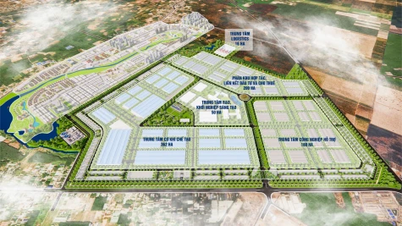

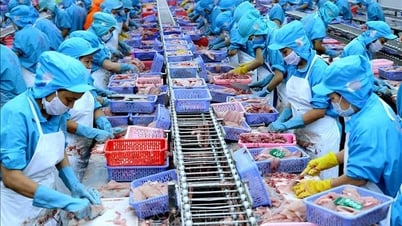





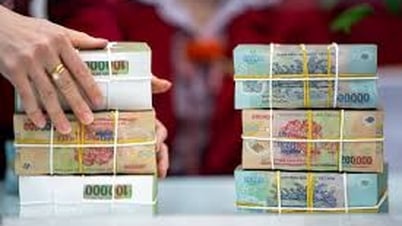



















































![[Infographic] The 1st Congress of the Party Committee of the Ministry of Culture, Sports and Tourism, term 2025-2030](https://vphoto.vietnam.vn/thumb/402x226/vietnam/resource/IMAGE/2025/6/24/8afbd7c780424568b23fd09cd74c8b1d)



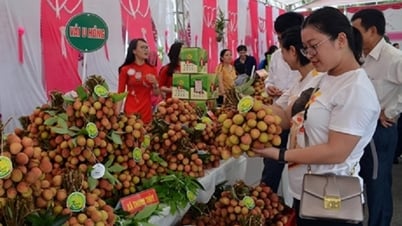









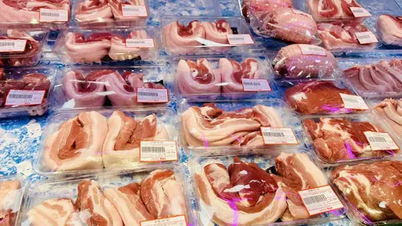










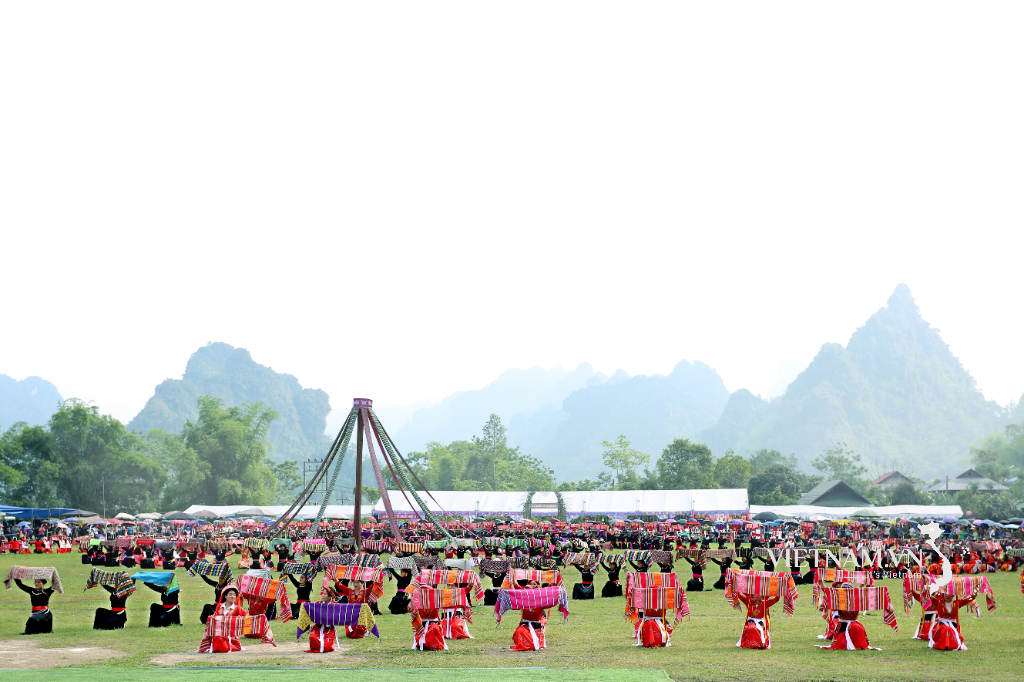

Comment (0)